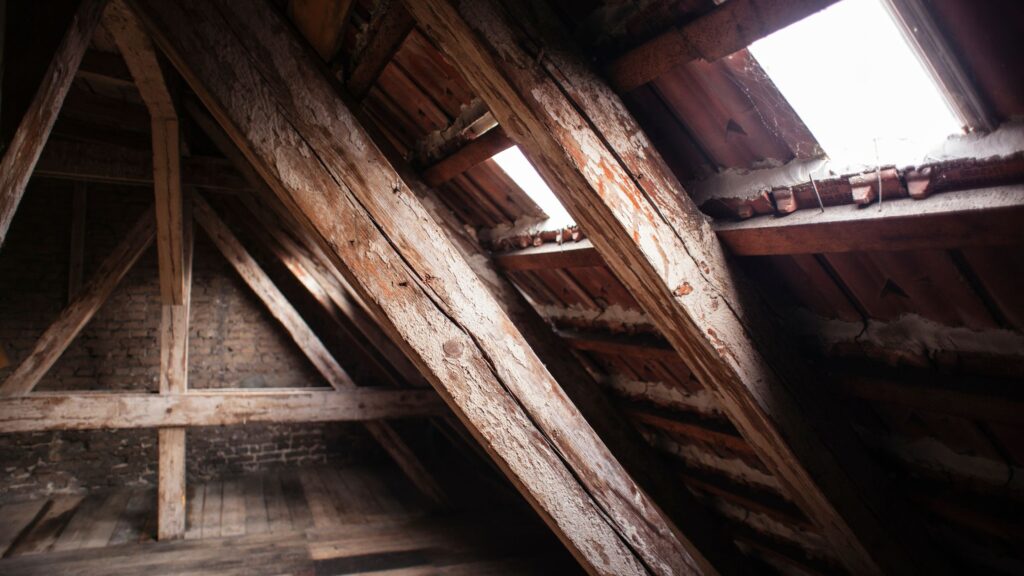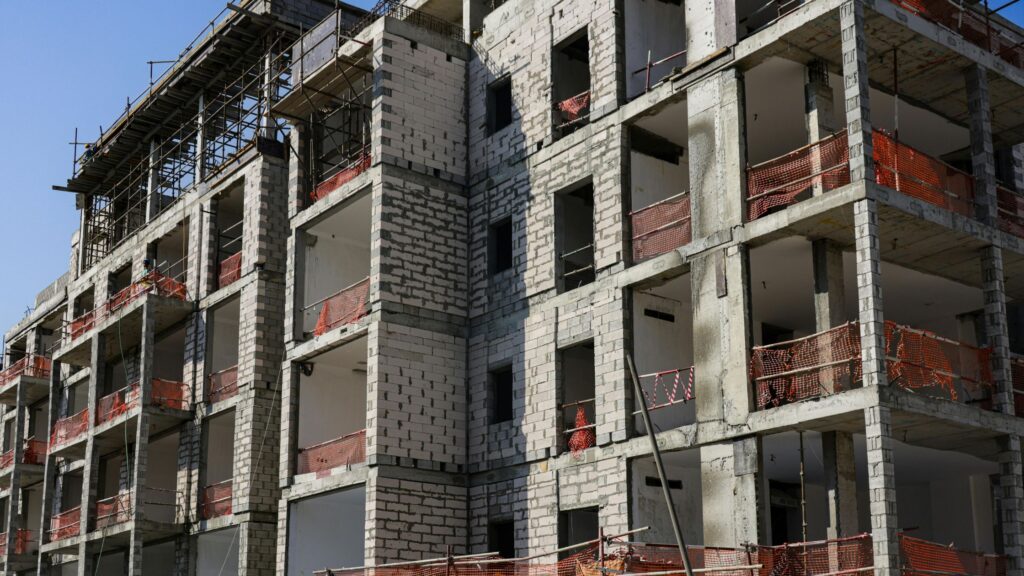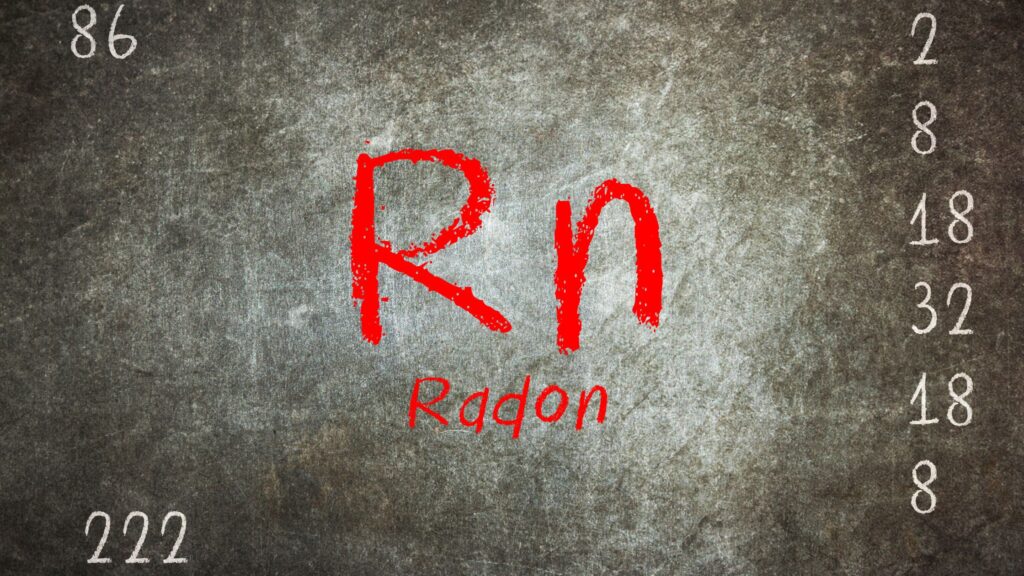Radon is an invisible gas—you can’t see it, smell it, or taste it—but it can quietly affect your basement’s air quality and put your family’s health at risk. That’s why learning about basement radon mitigation is so important. By understanding how this gas enters your home and the steps you can take to remove it, you can protect your loved ones from a serious danger. In this guide, you’ll discover what radon is, how it seeps into basements, effective methods to reduce it, ways to test and monitor levels, and how to keep your system running smoothly. You’ll also learn when it’s best to call in experts for long-term safety.
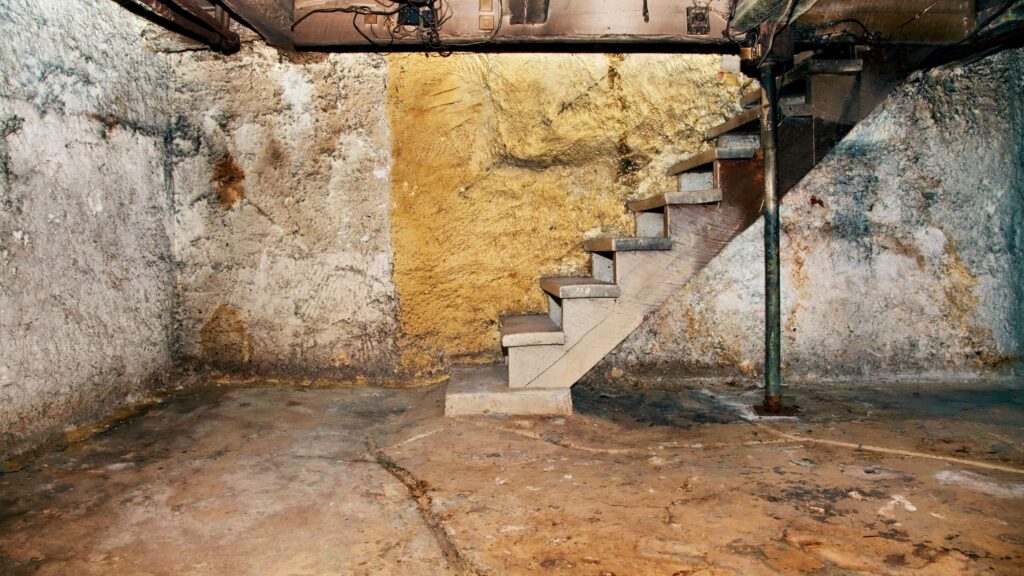
1. What Is Basement Radon and Why It Matters
Radon is a naturally occurring radioactive gas that forms when uranium in soil and rock breaks down. It can slip into your home through small cracks in the foundation, often building up in basements where ventilation is limited. Over time, breathing in high levels of radon can increase the risk of lung cancer, which is why basement radon mitigation is an essential step for protecting both your health and your home. Taking consistent measures not only lowers this risk but also helps maintain cleaner, safer air for years to come. Learn more about Radon Ventilation System.
2. How Radon Enters Your Basement
Radon can enter your home through several hidden pathways, including:
- Small cracks in basement floors and walls
- Open gaps around pipes, drains, and sump pumps
- The natural porosity of concrete, which allows gases to pass through
- Crawl spaces and unsealed construction joints
Basements sit closest to the soil, making them the areas most vulnerable to radon accumulation. The good news is that with the right basement radon mitigation techniques, you can block these entry points and steadily bring indoor radon levels down to safer limits.
3. Understanding Basement Radon Mitigation Fundamentals
At its simplest, basement radon mitigation works by pulling radon gas from beneath your home’s foundation and releasing it safely outside. Most active systems use a fan-powered vent pipe that creates negative pressure under the concrete slab, preventing the gas from seeping into your living space. The vent carries the radon up and above the roofline, where it can disperse harmlessly into the air. Because these systems run continuously, they provide consistent, long-term protection against radon intrusion.
4. Proven Basement Radon Mitigation Techniques
Here are some of the most effective ways to tackle radon in your home:
A. Active Soil Depressurization (ASD):
This is one of the most trusted basement radon mitigation methods. A suction point is installed beneath the basement slab, connected to a vent pipe, and powered by a fan. The system pulls radon from the soil and vents it outside, especially when combined with proper sealing.
B. Sub-Membrane Suction (for crawl spaces):
A durable plastic barrier is laid over exposed soil, with a vent pipe and fan installed underneath. This setup stops radon from escaping into your home’s air.
C. Seal Entry Points:
Closing gaps in foundation walls, slab joints, and around pipes helps prevent radon leaks. While sealing alone won’t solve the problem, it greatly improves the efficiency of other mitigation systems.
D. Improve Ventilation:
Increasing airflow can help dilute radon levels. However, pairing ventilation with ASD produces far more reliable results.
E. Combine Methods:
The strongest basement radon mitigation plans use a mix of suction systems, sealing, and improved ventilation for complete protection.
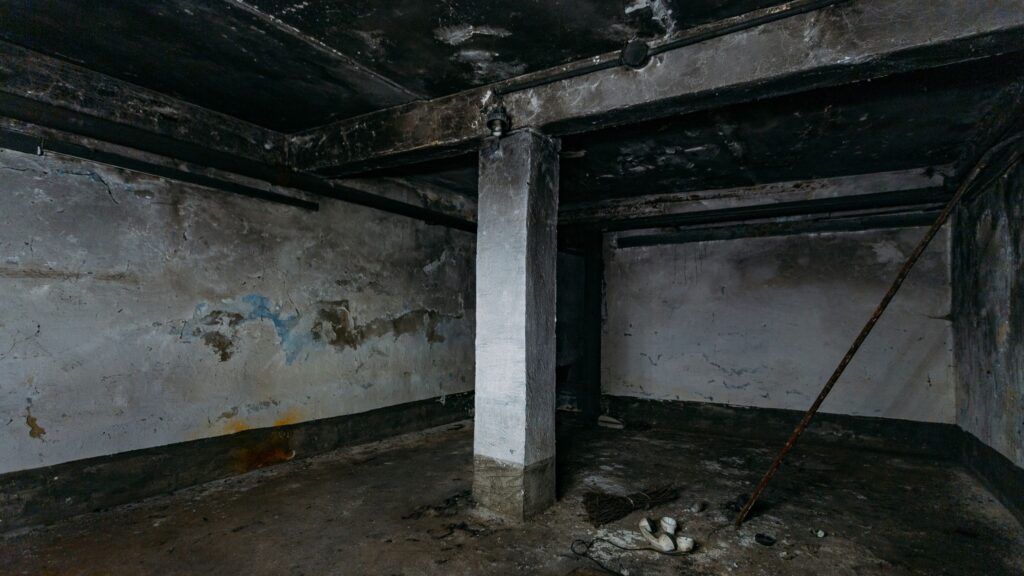
5. Testing and Monitoring Your Basement Effectively
You can’t control what you don’t measure, so regular testing is key to protecting your home. Follow these steps to keep radon levels in check:
- Begin with a short-term test kit that runs for 2–7 days. If results are higher than recommended, follow up with a long-term test for a more accurate reading.
- Take action quickly if your test shows radon levels above the EPA’s action level of 4.0 pCi/L. Start basement radon mitigation measures right away.
- Test again after installation of your mitigation system to confirm that radon levels have dropped to a safe range.
- Schedule regular follow-up tests every two years—or after major renovations—to make sure your system keeps working effectively.
By sticking to these steps, you’ll ensure your basement radon mitigation efforts produce safe, measurable, and lasting results.
6. Maintaining Your Mitigation System for Longevity
Proper upkeep keeps your system working long after installation:
- Ensure the fan runs continuously—listen for noise or check air movement.
- Check vent pipes regularly for blockages such as bird nests.
- Replace seals or worn parts as needed.
- Conduct annual follow-up testing to catch any performance issues early.
Low-maintenance upkeep supports ongoing basement radon mitigation, ensuring long-term safety and peace of mind.
7. When to Call Certified Basement Radon Mitigation Experts
Call professionals in cases like these:
- You still see elevated radon after DIY attempts.
- Your home has a complex foundation or unusual ventilation.
- You want a clean, minimally intrusive system.
- You need local code compliance, certification, or real estate documentation.
Qualified experts offer tailored design, professional installation, and post-installation monitoring to ensure effective, compliant basement radon mitigation.
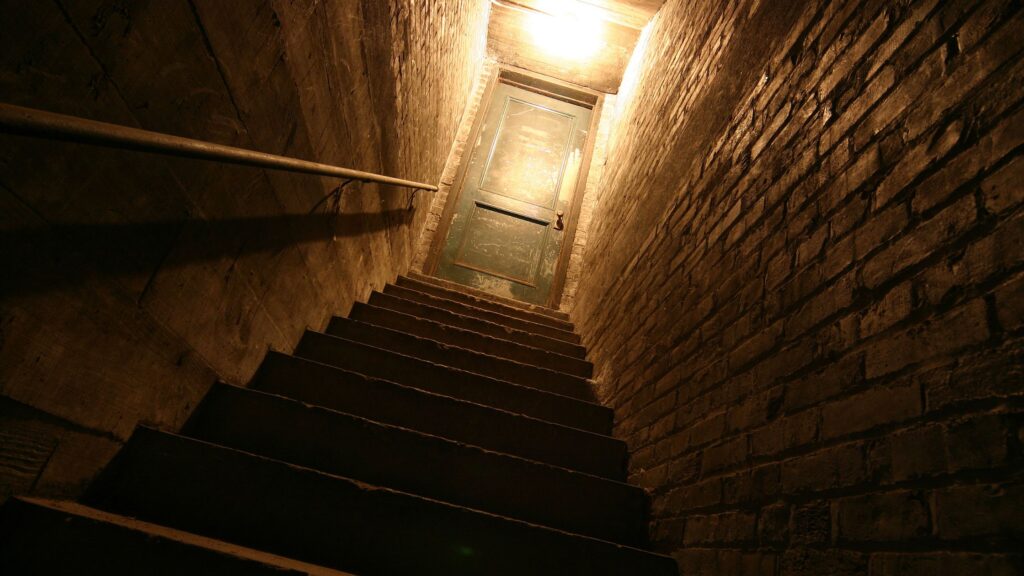
8. Conclusion
Effective basement radon mitigation provides a strong defense against this invisible and harmful gas. By learning how radon behaves, using proven active suction systems, testing regularly, and keeping your system well-maintained, you create a lasting layer of protection for your family’s health and safety.For professional radon testing, customized mitigation system design, expert installation, and ongoing monitoring, you can trust DSM Radon. Visit DSM Radon to explore solutions tailored to your home.

